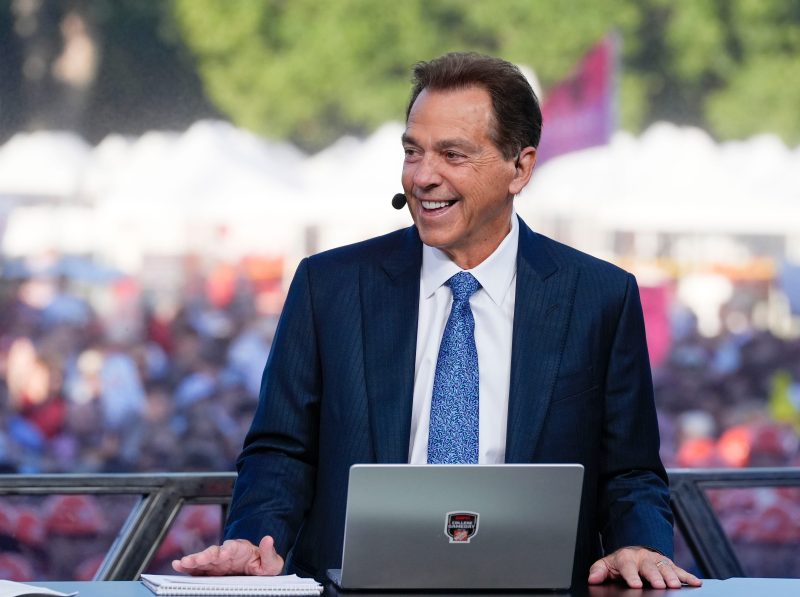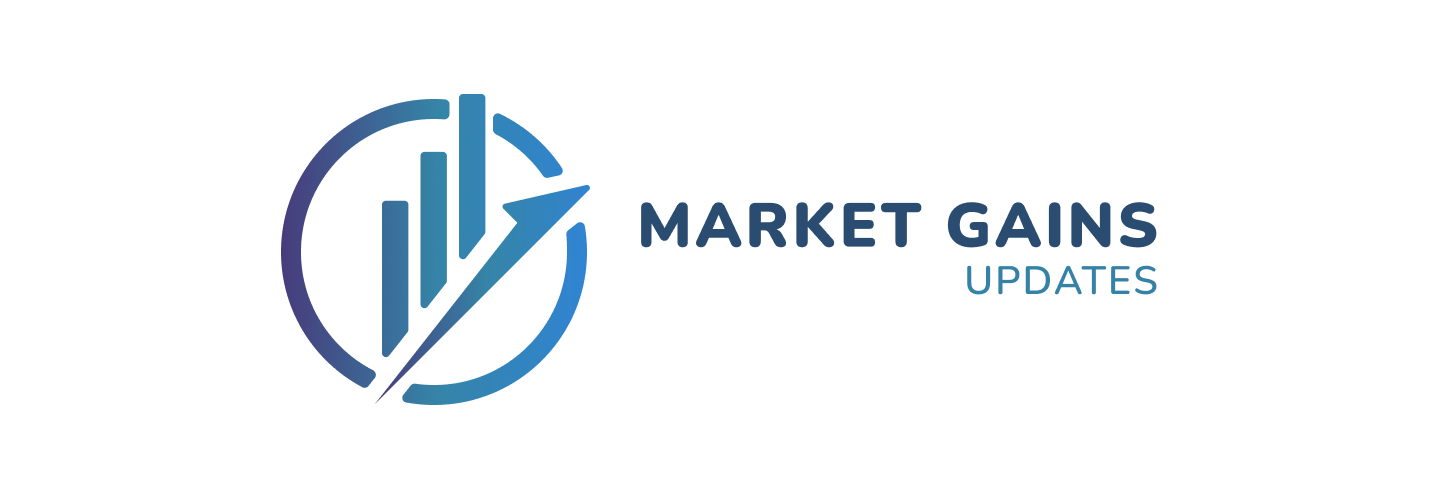
- Nine coaches have been fired since start of 2025 season, most notably Penn State’s James Franklin.
- Nick Saban raises idea that pay-to-play is influencing coach firings. Interesting theory, but it lacks support.
- The surest way for a coach to be fired is the same as it ever was: Lose repeatedly.
ESPN hosted a pity party for James Franklin on “College GameDay,” and none other than NickSabandelivered the main address.
Saban, forever a great sympathizer for the plight of mega-millionaire coaches, called Franklin’s firing at Penn State “unfair as hell” and a byproduct of Penn State not showing “enough appreciation and gratitude” for Franklin’s achievements.
Penn State’s apparently inadequate gratitude includes a $49 million buyout for Franklin.
Saban later was quoted by ESPN as saying he believes donors paying for players has given those financial backers more authority to influence coach firings.
“Everybody’s raising money to pay players. So, the people that are giving the money think they have a voice, and they’re just like a bunch of fans,” Saban told ESPN. “When they get frustrated and disappointed, they put pressure on the (athletic directors) to take action.”
Already, nine Bowl Subdivision coaches have been fired this season. Several more roast on a hot seat.
Is Saban right that these coach firings are an attributable byproduct of pay-for-play and ADs are more susceptible than ever to the whims of donors?
In theory, that makes sense. Upon examination, though, there’s insufficient evidence to support Saban’s idea.
Consider that 13 coaches were fired during or shortly after the 2020 season, the final season before NIL arrived. Those firings occurred in the midst of a cash-strapping pandemic some industry insiders had incorrectly theorized would encourage athletic departments to operate with more financial caution toward coaching changes.
A year ago, inside the nation’s top two conferences, only one Big Ten coach was fired, and no SEC coaches got the boot. Conventional wisdom says that after a quiet year of firings comes a bloodletting the following season. That’s now unfolding in real time.
Losses more to blame for firings than donors
Let’s examine the six Power Four coaches fired this season and see if we detect pay-to-play is to blame:
Mike Gundy (Oklahoma State): Don’t blame pay-for-play. Gundy went 3-9 last season, then lost by 66 points to Oregon this September and got toppled by Tulsa. Gundy’s 4-11 record in his final 15 games would have been enough to oust him in the pre-NIL era.
DeShaun Foster (UCLA): Don’t blame pay-for-play. Blame Foster’s 5-10 record, including losses this season to UNLV and New Mexico. The Bruins have surged under interim coach Tim Skipper, providing support for UCLA’s decision to make a change.
Brent Pry (Virginia Tech): Don’t blame pay-for-play. Virginia Tech gave Pry more than three seasons to figure it out. He couldn’t. His 16-24 record marked the worst Hokies tenure since Charlie Coffey coached in the early 1970s. Standard firing.
Sam Pittman (Arkansas): Don’t blame pay-for-play. Pin this on Pittman’s momentum regressing in a conference where that’s not tolerated. Pittman went 20-23 in the final four seasons of his six-year tenure. Yep, that’s a textbook firing.
Billy Napier (Florida): Don’t blame pay-for-play. In fact, pay-for-play helped buy Napier an extra season. Boosters raised the funds to fire him last year but held off and opted to give it one more go while choosing to invest in the roster. Napier’s performance rates him as Florida’s worst coach since Raymond Wolf in the late 1940s. Napier lasted too long.
James Franklin (Penn State): Here, finally, we detect perhaps some influence of pay-for-play on the outcome after Franklin delivered inadequate return on donors’ investment.
After Penn State reached the playoff semifinals last season, it pushed its chips in on what was supposed to be a run at the program’s first national championship since 1986. The Nittany Lions plundered Jim Knowles from Ohio State by making him the nation’s top-paid defensive coordinator. Penn State didn’t cheap out on its roster, either.
Between players and staff, Franklin called this “the best combined personnel” he’d had in 12 seasons at Penn State, and a No. 3 preseason ranking in the US LBM Coaches Poll followed. The team flopped, and Franklin was out in a flash after consecutive losses to Oregon, UCLA and Northwestern.
The mood soured quickly on Franklin and not just within the donor ranks. In Penn State’s home loss to Northwestern, chants of “Fire Franklin!” reached a fever pitch. Athletic directors are susceptible to vibes, and the vibes were in the toilet, just nine months after Franklin’s peak moment.
Saban’s opinion that pay-for-play likely influenced Franklin’s fate isn’t out of bounds, but he also got derailed by the time-honored tradition of a coach elevating the standard and then failing to meet his own bar.
I think back to Auburn firing Gus Malzahn in 2020. Malzahn delivered eight consecutive winning seasons on the Plains, and he beat Saban three times. But, Malzahn delivered a national runner-up finish in his first season and never replicated that success. He got fired despite a .660 Auburn winning percentage that compares to Franklin’s at Penn State (.698).
LSU fired Ed Orgeron two seasons after he won a national championship. Auburn did the same to Gene Chizik, years before (permitted) pay-for-play.
More college football firings are coming
Auburn’s Hugh Freeze, Wisconsin’s Luke Fickell and Florida State’s Mike Norvell sit on three of the hottest seats. Don’t blame the donors in these cases.
Freeze has lost four straight and has never delivered a winning season. Fickell’s Badgers, in his third season, have lost five straight. They’re perhaps the worst team in the 18-team Big Ten. Norvell joins Freeze with a four-game losing streak. He’s 1-11 in his past 12 ACC games.
Job security hinges on performance.
It’s fair to say the voice of donors and fans carries as far as ever. Within an ecosystem where their dollars help fund the roster and the operation, they function almost like a company’s shareholders.
But, there’s insufficient proof pay-for-play makes coaches more vulnerable. The surest way for a coach to be fired is the same as it ever was: By losing repeatedly, coaches invite the hot seat.
Blake Toppmeyer is the USA TODAY Network’s senior national college football columnist. Email him at BToppmeyer@gannett.com and follow him on X @btoppmeyer.
